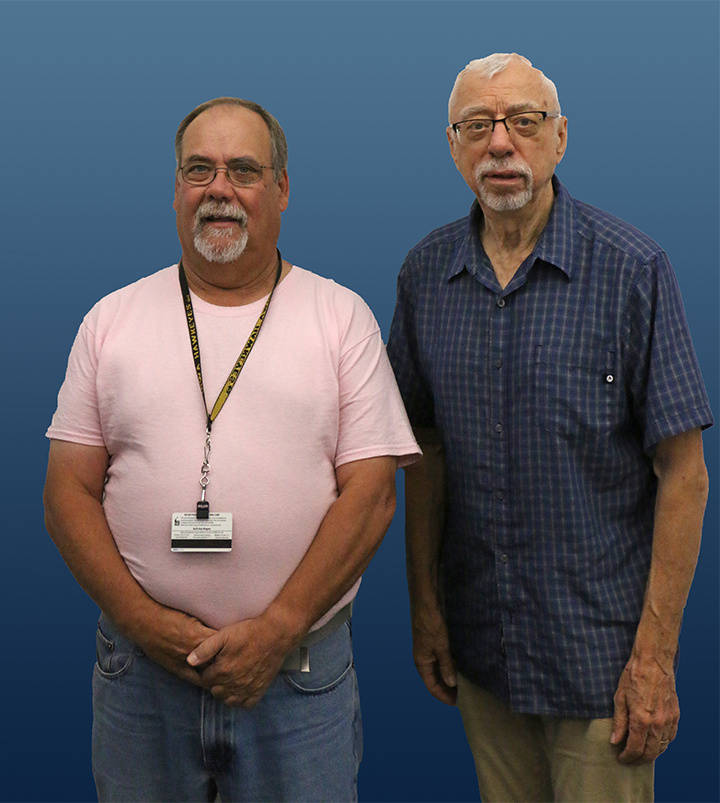
The fundamental chemistry and biochemistry of vitamins C and E.
Nitric Oxide is being investigated (NIH funded) as an important membrane antioxidant in cells and tissue. We hypothesize that it is as important as Vitamin E
The use of the ascorbate radical as a marker for free radical oxidative stress. This research has provided the foundation for many ongoing free radical-related research projects here at Iowa and around the world.
Nitric oxide production during stress. We are developing methods to monitor NO production in vivo. We have demonstrated that NO is produced during heat stress and we have now extended this to local hyperthermia. We have extended this research (NIH funded) into the world of hyperthermia as used in the treatment of cancer. We have already demonstrated that local hyperthermia of tumor tissue results in both free radical and NO production.
Redox state - This research effort has as a goal to arrive at a quantitative measurement of the redox environment of a cell/tissue.
Free radicals in membrane lipid peroxidation (NIH funded). This ongoing theme addresses the fundamental mechanisms of how vitamin E protects cell membranes from oxidant stress. We have development methods to monitor lipid radical formation in real time from intact, functioning cells.
Photodynamic Cancer Therapy (NIH funded). This research has been an important theme in the lab for many years. We have demonstrated mechanisms by which PDT produces free radicals in cells and tissues.
Free radicals in myocardial ischemia reperfusion and defibrillation injury (NIH funded). This project is being done with Dr. Richard Kerber's research group. Dr. Mukesh Sharma won the American College of Cardiology 1992 Young Investigator Award with the results of this project.
The role of metals in free radical oxidations. This has been a long time area of research. We were the first to demonstrate that adventitious iron can change the results observed in free radical experiments and that chelating agents could be used to modulate the catalytic activity of metals. This work has been honored as a Citation Classic. Citation Commentary
The chemistry of EPR spin trapping. This represents the ongoing developmental aspects of the ESR Facility.
UV light and free radical production in skin. Thus far, the results of this project are the first to demonstrate directly UV light production of radicals in skin and that antioxidants blunt this radical formation with a concomitant reduction of skin tumor formation.